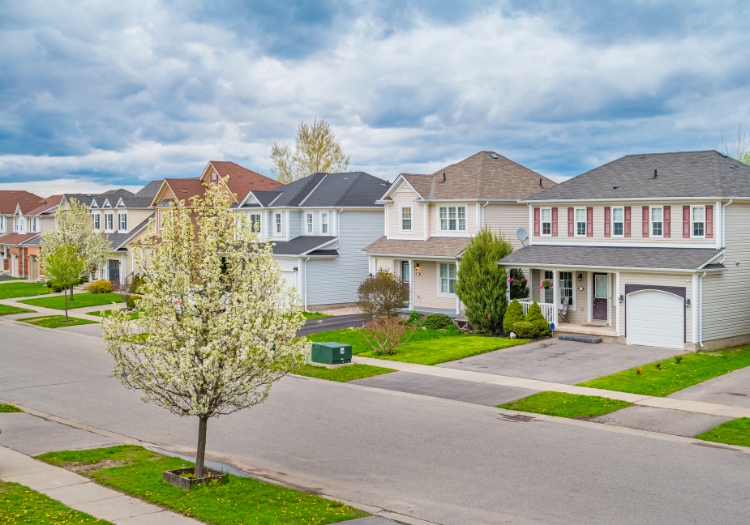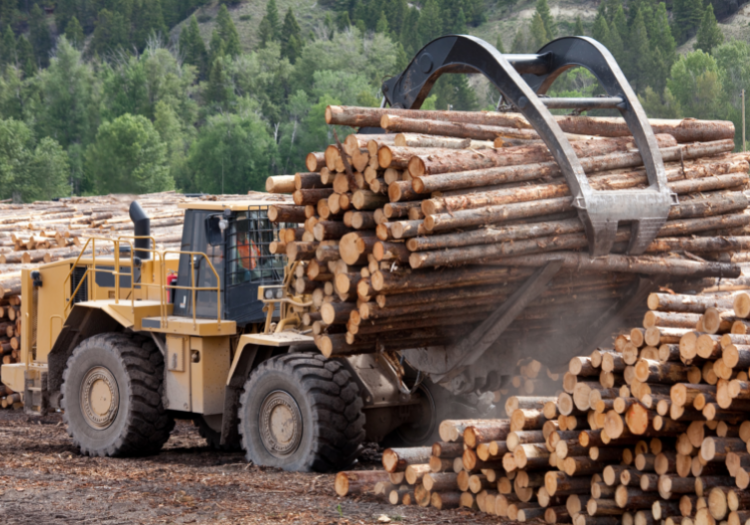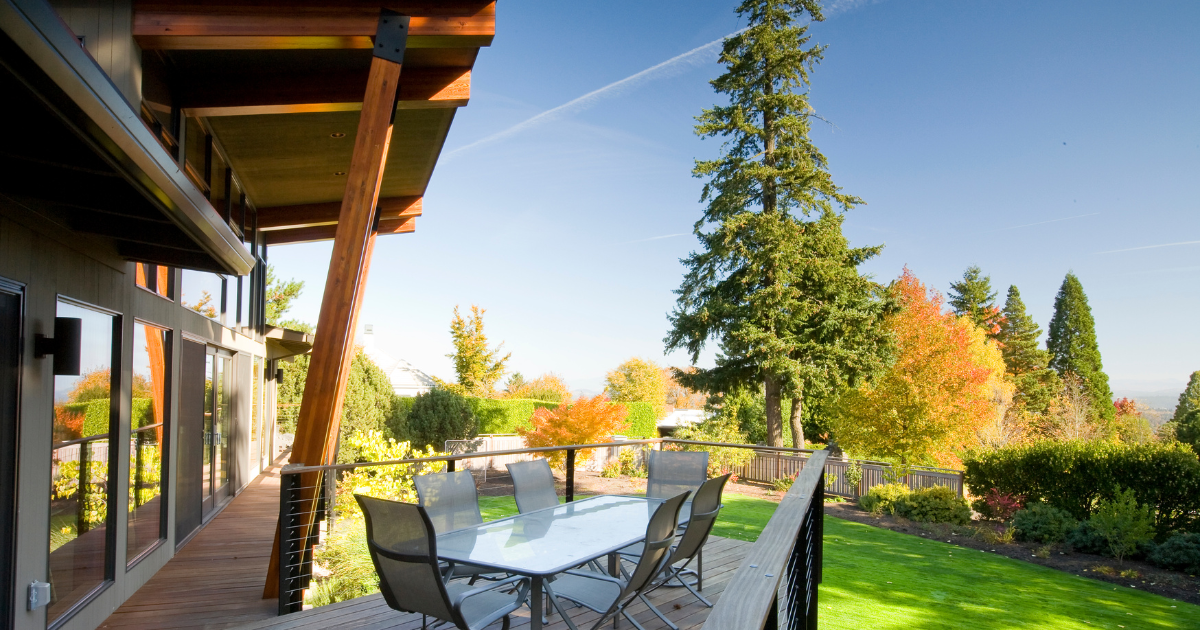3 Pandemic-Era Trends & Challenges Affecting the Canadian Housing Market6 min read
Reading Time: 5 minutesThe lingering effects of the pandemic have created new challenges across a wide range of industries and sectors. For the Canadian housing market, the pandemic has both created new trends and highlighted existing ones. Canadians on all sides of the housing issue are trying to navigate the trends, opportunities and challenges affecting the Canadian housing market and the rental market:
- Why are housing prices and rentals so high in Canada?
- Why all the delays and supply chain issues?
- With climate change and sustainability so crucial at the moment, how can builders and property managers respond?
From home / commerical builders and home buyers to property managers and renters, grappling with these questions is key to understanding the issues at hand. Read on as we dig a little deeper on these key questions!

The Housing Shortage Continues to Drive up Prices for New Home Buyers
According to experts, a “housing crisis” is underway in Canada, due largely to a shortage of housing and sky-rocketing prices. What exactly is driving this shortage? First and foremost, “millennials” (adults aged 25 to 40) are starting to have children of their own. With the need for more space to accommodate their growing families, millennials’ demand for family-friendly housing is high, and it’s expected to increase over the next decade. More specifically, “family-friendly” housing refers to mid-density attached homes such as retail and apartments above, townhomes, not single-family detached homes. It also includes housing in walkable communities with ample transit options.
The most important and deciding factor for the millennial generation, however, is affordability. Many young families are first-time homebuyers lacking equity, while student debt and inflation limit their options further. Families are turning to condominiums in hopes of finding more affordable accommodations, but prices remain high here as well. Young families are competing with many different buyers, including:
- The baby boomer generation
- New Canadians
- Buyers from other countries
This Brings Us to the Issue of the Housing Shortage Itself:
Nationwide, the number of housing units per 1,000 Canadians has been falling steadily since 2016. And according to a report by the Smart Prosperity Institute, the province of Ontario alone needs to add one million homes over the next decade to keep up with its demand for housing. Overall, due in part to this shrinking supply, housing prices sit at record-highs in Canada, especially in major urban centres, and they continue to climb upwards.

Supply and Demand Isn’t The Only Reason for Rising Housing Prices
Challenges facing home builders have also contributed to high housing prices and construction delays. Specifically, supply chain issues caused by the pandemic continue to affect both new builds and renovations, such as the lumber shortage that started in 2020 which led to a significant price increase:
- Sawmills scaled back their operations due to health and safety concerns, disrupting the supply chain.
- As construction ramped up due to increased housing demand, the materials needed to build these homes — including lumber — became high-demand as well, driving up its price.
- Pandemic savings and more time spent at home inspired home renovation projects. This increased the need for lumber even more.
- An increase in stumpage fees, a lack of trades and wildfires all contributed to delays in the supply chain, affecting the price of lumber.
Supply chain issues, expensive building materials, cost uncertainties and increased demand for housing create the perfect conditions for delayed project timelines and higher costs incurred by home builders. Overall, since 2017, residential construction costs have risen 25% in Canada. This certainly doesn’t help the country’s need to address the housing shortage and keep housing affordable.

Even Amidst Uncertainty, “Green Construction” Presents Opportunities for Positive Change
Amidst both a pandemic and a housing crisis, yet another change is underway. Canadians are well-aware of the effects of climate change, and the importance of reducing their carbon footprint. This has put pressure on policy-makers to prioritize sustainability, “green construction” initiatives and to raise the standards for building codes and certifications.
Changing values and changing building codes mean that builders must try to adapt to these new realities, find viable solutions and build “greener” homes to meet the new demands of home buyers. As challenging as this may be, shifting priorities towards energy efficiency and sustainability also presents opportunities for the building industry, including significant job growth in the sector. The green building sector employs almost 200,000 more Canadians than the oil extraction, mining and forestry sectors combined, and that number is expected to grow.
Here’s How Builders Can Respond to Home Buyers’ Changing Values
Building greener homes with energy-efficient home comfort equipment can help builders future-proof their builds and add unique value to their projects. This then allows them to market the benefits of this equipment to potential home buyers. This can be especially beneficial considering home buyers’ shifting values; since 2015, energy-efficient and sustainable home features have steadily increased in importance to home buyers according to the 2020 CHBA survey.
What’s more, outfitting homes with energy-efficient equipment can potentially help homeowners and property managers find savings on their energy bills.
Property managers may even be eligible for subsidies and rebates for their eco-friendly initiatives; the Sustainable Affordable Housing Fund, for example, helps make it more affordable for managers of non-profit and co-op housing to prioritize energy efficiency.
RelianceTM Helps Builders & Property Managers Navigate Challenges With Confidence
In the face of so many unique challenges, home builders and property managers need partners they can rely on who will help them gain a competitive edge wherever they can — that’s where Reliance comes in.
Solutions for Builders
The Reliance Builder Program provides builders and contracts managers with home and business comfort equipment solutions for their residential developments, big or small. First, builders receive expert consultation on HVAC, water heating, water purification and Smart Home equipment; then, we offer the custom installation solutions* they need to maximize profitability, close on time and build incredible, energy-efficient homes.
Reliance helps builders and contracts managers…
- Find relief from equipment shortages, supply chain issues and more uncertainties.
- Get the equipment you need when and where you want it without having to go through third-party suppliers.
When your new homeowners move in, they immediately become Reliance rental customers with exceptional service with 24/7/365 call support. They no longer have to worry about the risks or costs of equipment ownership such as:
- Installations
- Most repairs
- Service inconsistencies and more.
LEARN MORE ABOUT THE RELIANCE BUILDER PROGRAM HERE >>
Solutions for Property Managers
The Reliance Property Management program is designed to provide property managers access to best-in-class installation and equipment solutions for their properties. They get top-quality equipment at competitive rental rates that help them reduce risk and hold on to capital. Residents receive HVAC, water heating and water purification equipment and other commercial equipment and exceptional service with 24/7/365 call support.
LEARN MORE ABOUT THE RELIANCE PROPERTY MANAGEMENT PROGRAM HERE >>



